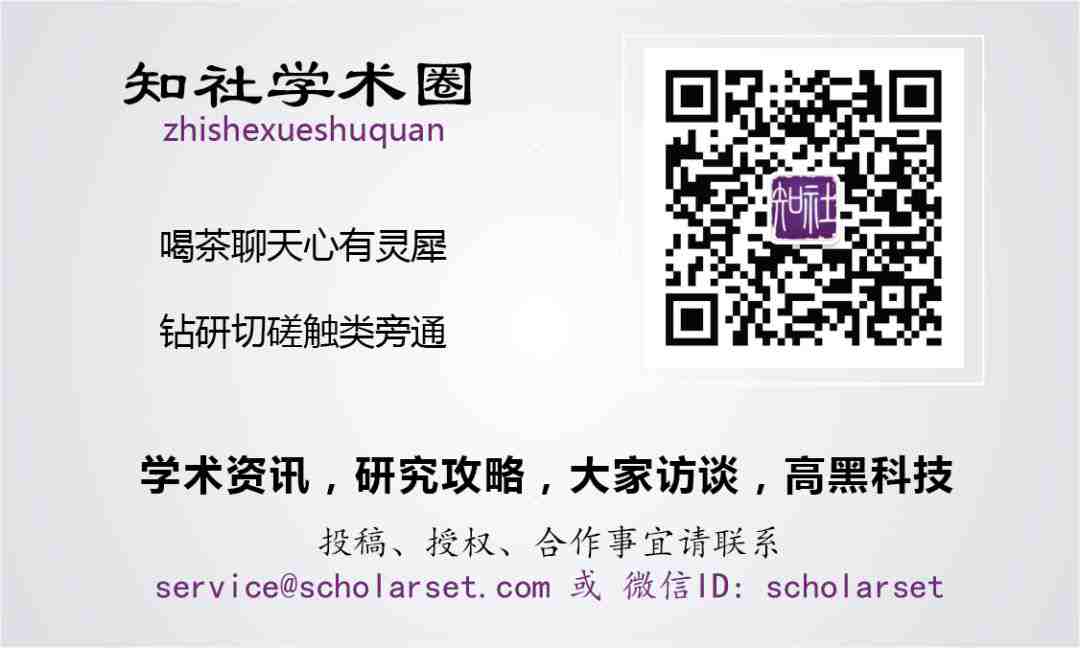npj:零点能对位错运动的影响—环——聚合物分子动力学模拟

海归学者发起的公益学术平台
分享信息,整合资源
交流学术,偶尔风月

原子的量子运动也称为零点振动,最近被提出来用以解释铁和其它高原子质量金属中长期存在的理论计算和实验测量的低温塑性强度之间的误差。最近有研究队伍通过传统理论中不太看重的原子量子运动(零点振动)理论解释了这一问题,但其对材料位错运动有何影响尚不清楚。
来自美国加州大学伯克利分校和劳伦斯利弗莫尔国家实验室的Rodrigo Freitas领导的研究小组,采用环-聚合物分子动力学(Ring-Polymer Molecular Dynamics, RPMD)的精确形式,对材料位错运动的量子效应作了量子动力学模拟,以观察原子量子运动对Peirels应力的影响、对材料耐低温位错运动的影响。为了将量子原子模拟扩展到普适缺陷的相干长度和时间尺度上,他们在开源代码LAMMPS中实现了RPMD,从而使得RPMD/LAMMPS方法可直接计算位错迁移率及其对α-Fe屈服强度的影响。模拟结果表明,在温度低于50 K时,存在较为明显的量子效应,但也仅仅降低了大约13%的Peierls势垒。而相比于基于谐波过渡态理论的模拟结果,两套方法在Peierls相变势垒的降低程度上给出了截然不同的结果。与实验相比,经典分子动力学对Peirels应力有所高估,但通过并行计算对150000个原子进行环-聚合物分子动力学模拟与实验值差异较小。这表明,早期的量子修正高估了零点振动对体系的扰动,同时低估了近邻原子的约束效应。采用有效的环-聚合物分子动力学模拟可以帮助我们研究材料中普适的缺陷,同时可以准确地计算原子动力学的量子修正。
该文近期发表于npj Computational Materials4:55 (2018) ,英文标题与摘要如下,点击左下角“阅读原文”可以自由获取论文PDF。

Quantum effects on dislocation motion from ring-polymer molecular dynamics
Rodrigo Freitas, Mark Asta & Vasily V. Bulatov
Quantum motion of atoms known as zero-point vibration was recently proposed to explain a long-standing discrepancy between theoretically computed and experimentally measured low-temperature plastic strength of iron and possibly other metals with high atomic masses. This finding challenges the traditional notion that quantum motion of atoms is relatively unimportant in solids comprised of heavy atoms. Here we report quantum dynamic simulations of quantum effects on dislocation motion within the exact formalism of Ring-Polymer Molecular Dynamics (RPMD). To extend the reach of quantum atomistic simulations to length and time scales relevant for extended defects in materials, we implemented RPMD in the open-source code LAMMPS thus making the RPMD method widely available to the community. We use our RPMD/LAMMPS approach for direct calculations of dislocation mobility and its effects on the yield strength of α-iron. Our simulation results establish that quantum effects are noticeable at temperatures below 50 K but account for only a modest (≈13% at T = 0 K) overall reduction in the Peierls barrier, at variance with the factor of two reduction predicted earlier based on the more approximate framework of harmonic transition state theory. Our results confirm that zero-point vibrations provide ample additional agitation for atomic motion that increases with decreasing temperature, however its enhancing effect on dislocation mobility is largely offset by an increase in the effective atom size, an effect known as quantum dispersion that has not been accounted for in the previous calculations.

扩展阅读
本文系网易新闻·网易号“各有态度”特色内容
媒体转载联系授权请看下方

最新评论
推荐文章
作者最新文章
你可能感兴趣的文章
Copyright Disclaimer: The copyright of contents (including texts, images, videos and audios) posted above belong to the User who shared or the third-party website which the User shared from. If you found your copyright have been infringed, please send a DMCA takedown notice to [email protected]. For more detail of the source, please click on the button "Read Original Post" below. For other communications, please send to [email protected].
版权声明:以上内容为用户推荐收藏至CareerEngine平台,其内容(含文字、图片、视频、音频等)及知识版权均属用户或用户转发自的第三方网站,如涉嫌侵权,请通知[email protected]进行信息删除。如需查看信息来源,请点击“查看原文”。如需洽谈其它事宜,请联系[email protected]。
版权声明:以上内容为用户推荐收藏至CareerEngine平台,其内容(含文字、图片、视频、音频等)及知识版权均属用户或用户转发自的第三方网站,如涉嫌侵权,请通知[email protected]进行信息删除。如需查看信息来源,请点击“查看原文”。如需洽谈其它事宜,请联系[email protected]。